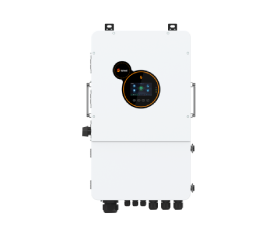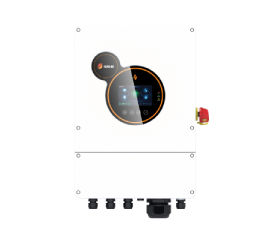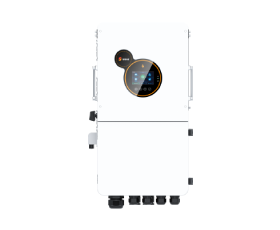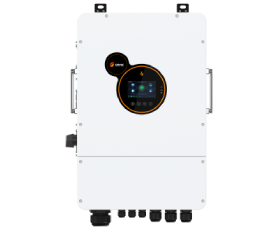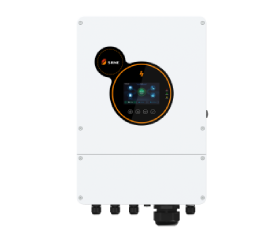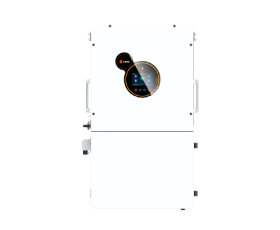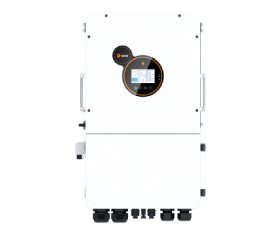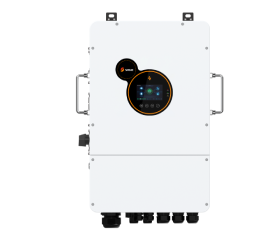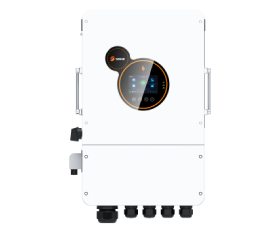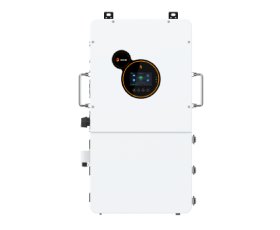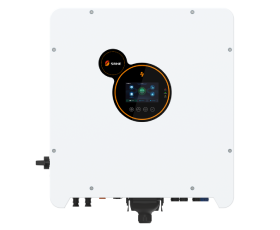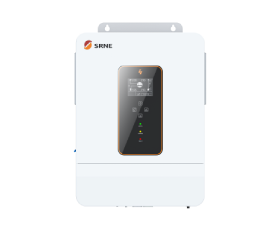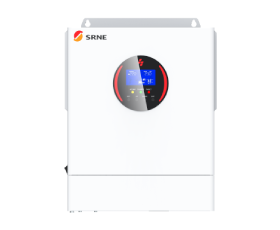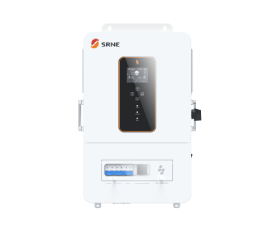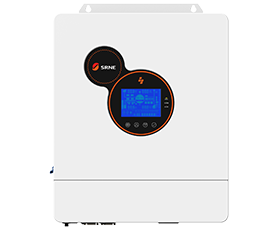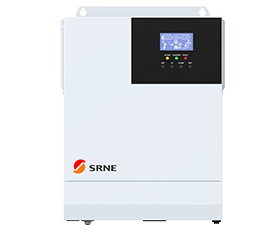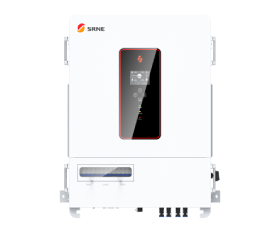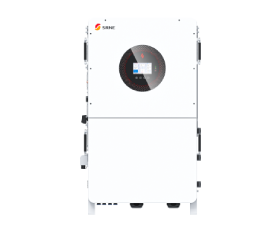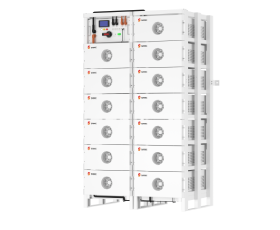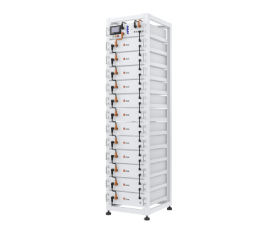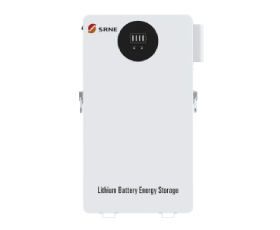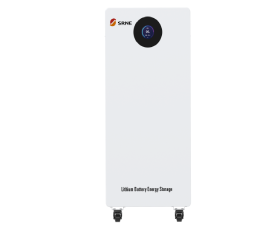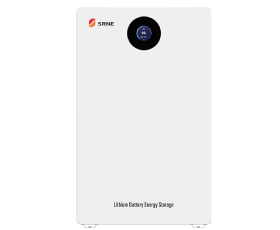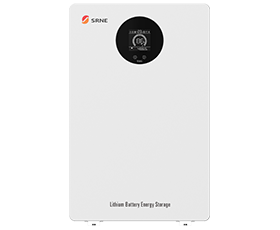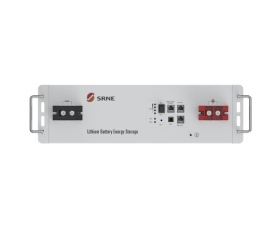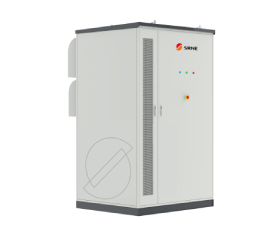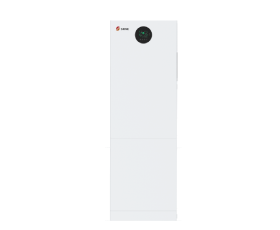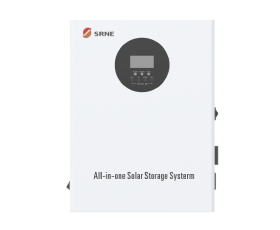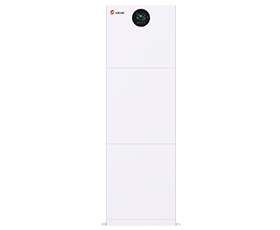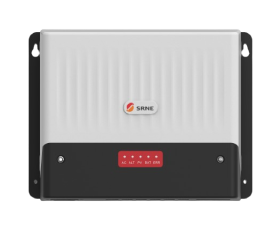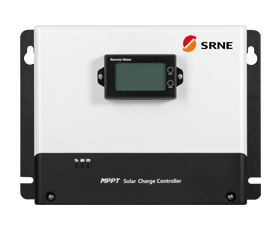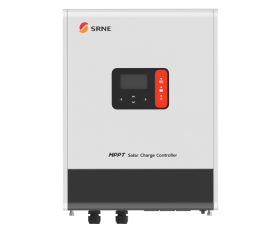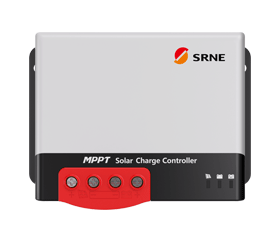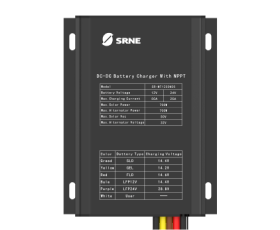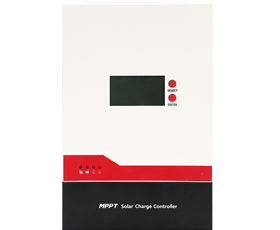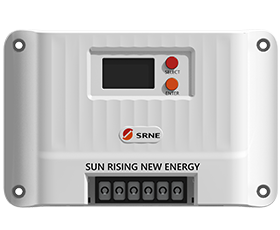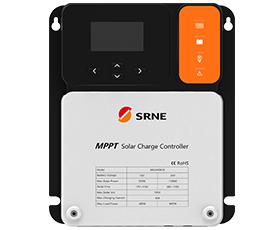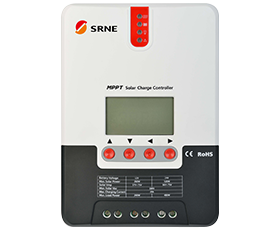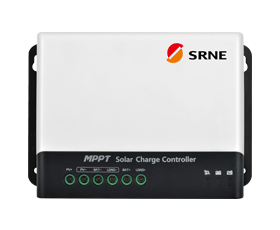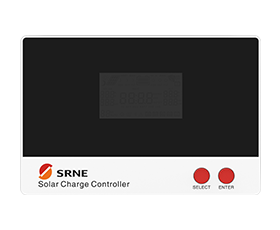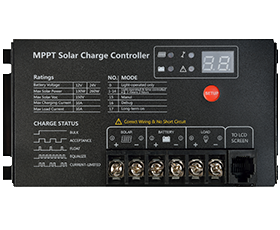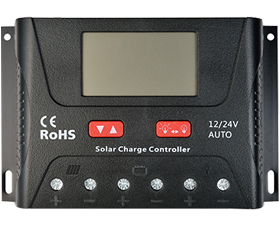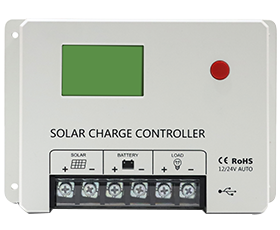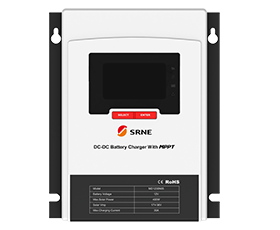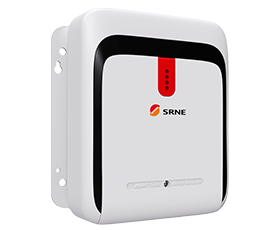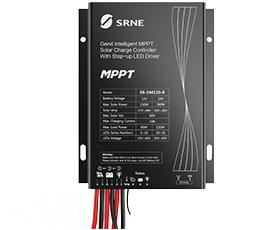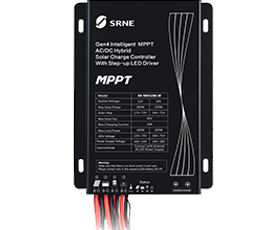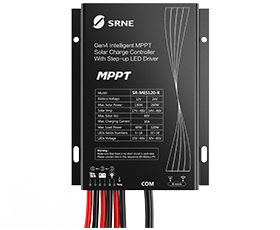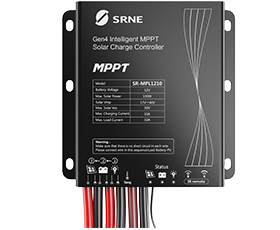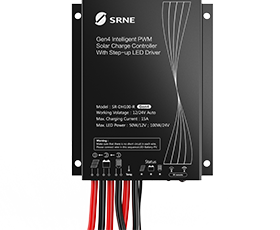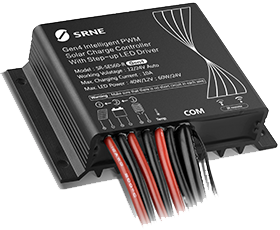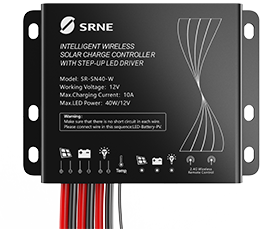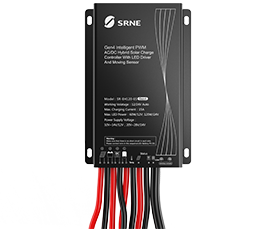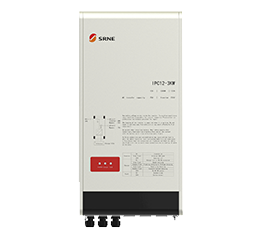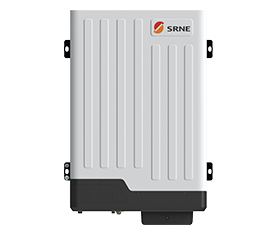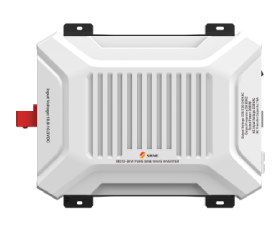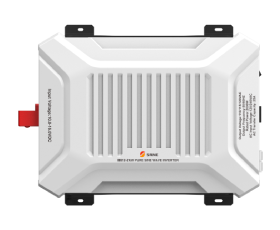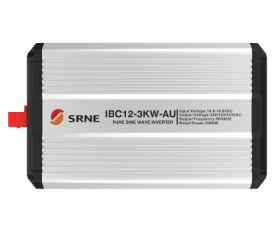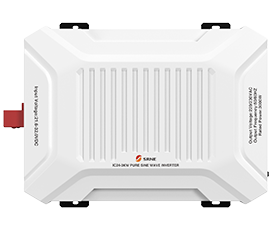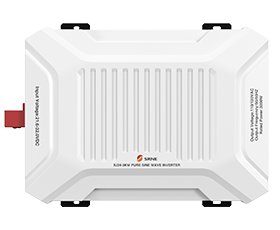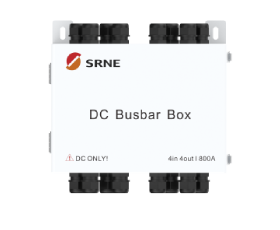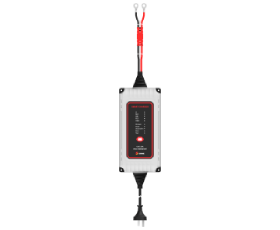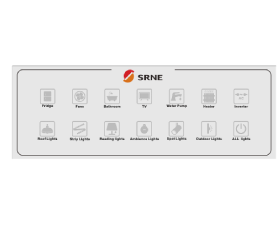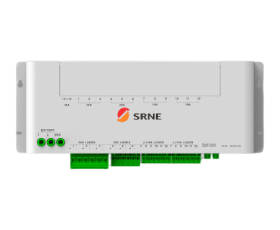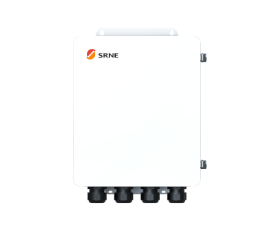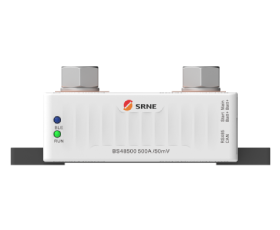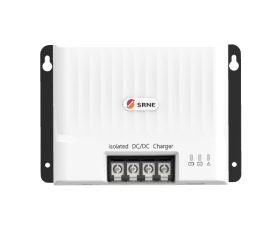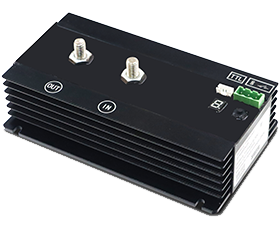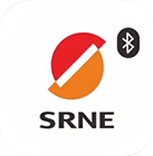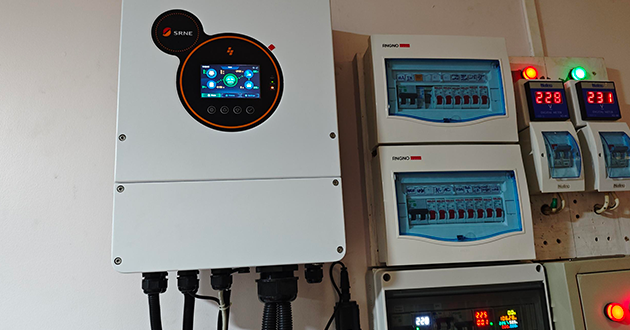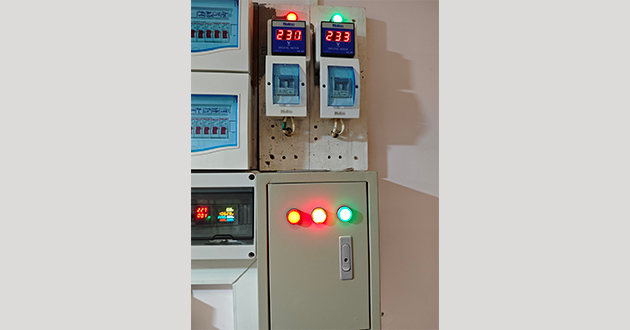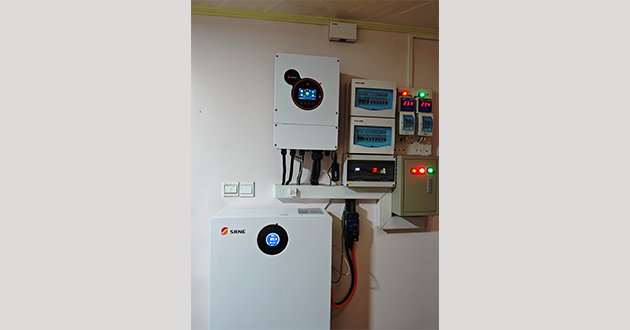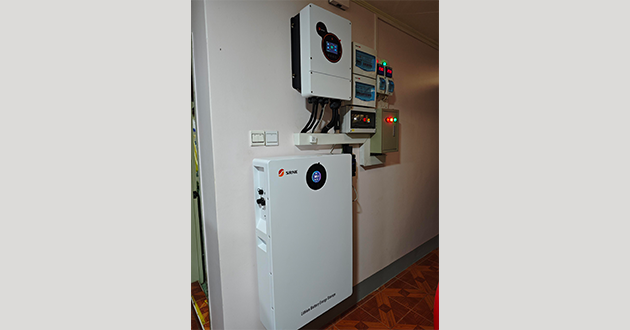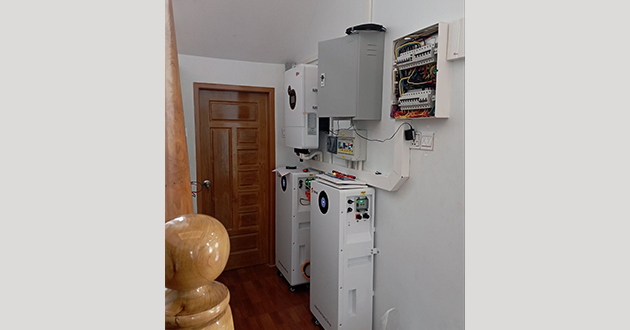What Happens If you Overload a Hybrid Inverter ?
This guide explains what actually counts as an overload on a hybrid inverter, why grid-assist and hot weather can shrink your headroom, the immediate steps to take after a trip, and practical ways to prevent repeat events through right-sizing, scheduling, and smart configuration.
For a deeper dive, read Can a Hybrid Inverter Work Without a Grid?
https://www.srnesolar.com/articledetail/can-a-hybrid-inverter-work-without-a-grid.html
What Counts as an Overload For a Hybrid Inverter ?
Continuous vs. surge rating.
A solar hybrid inverter is constrained by two envelopes: its continuous output (the steady power it can deliver indefinitely) and its surge capability (a short burst available for seconds). You’re in overload territory whenever either envelope is exceeded—sustained demand above the continuous spec, or a start-up spike that is higher or lasts longer than the allowed surge window. For a hybrid inverter, also watch the units: manufacturers may quote kW and kVA; with low power-factor loads you can hit the kVA ceiling first. Surge is time-dependent—think 2× for a few seconds, 1.5× for longer—and closely spaced surges build heat, pushing the solar hybrid inverter into a protective trip.
Total demand includes start-up surges.
Nameplate running watts don’t tell the whole story for a hybrid inverter. Compressors, well pumps, and refrigerator motors often pull 2–6× their steady draw for a second or two, and tools such as table saws or vacuums show similar inrush. Add running loads to expected start-up peaks to check whether the hybrid inverter’s surge headroom is sufficient; two devices starting together stack their spikes. Mitigations include soft-start kits, variable-speed drives, or simple start delays so large loads don’t kick in at the same moment.
Grid-assist has limits.
Some hybrid inverters can blend in utility power when it’s available, but total deliverable power is still bounded by the hybrid inverter’s output rating, the internal transfer switch’s pass-through current, upstream breaker size, and any export or current limits you’ve configured. If the combined demand exceeds those limits—or the grid isn’t present—the hybrid inverter will alarm and shut down to protect itself. Fast, high inrush events can also outpace the control loop before it responds, tripping the system even with grid assist enabled.
Temperature and derating.
Heat shrinks headroom for a hybrid inverter. Most units automatically derate as temperature rises to protect power electronics. High ambient conditions, direct sun, clogged or obstructed vents, tight utility closets, dust on filters, and even high altitude (reduced air density) all reduce cooling and bring derating on sooner. A setup that’s fine on a cool morning can overload a hybrid inverter during a heatwave. Preserve capacity with generous airflow clearances, shaded placement, clean filters, and layouts that don’t recirculate warm exhaust air back into the inverter.
Long-Term Consequences of Repeated Overloads on a Hybrid Power Inverter
Reduced efficiency and stability.
Frequent overloads push a hybrid power inverter out of its sweet spot. Control loops sit at their limits more often, thermal derating kicks in earlier, and DC-link ripple and switching losses increase. In practice that means lower conversion efficiency, nuisance fault codes, and brief voltage dips or visible light flicker when loads step on and off. You may also hear cooling fans run harder and longer—an easy sign that thermal headroom is shrinking and the hybrid power inverter is operating near its temperature ceiling.
Shortened lifespan.
Excess heat speeds up aging across the hybrid power inverter’s power stage and supporting parts—IGBTs or MOSFETs, magnetics, electrolytic capacitors (whose ESR rises with temperature), relays and contactors, connectors, and fan bearings. Large inrush currents and repeated thermal cycling fatigue solder joints and plastics, raising the risk of intermittent faults and early failure. Borderline operation that causes brownouts or waveform distortion can also stress connected appliances, especially compressors and pumps, adding wear to both the hybrid inverter and the loads it supports.
What to Do Right After a Solar Hybrid Inverter Overload
Disconnect and cool down
Switch off the solar hybrid inverter if needed and remove all loads. Give the unit a few minutes to shed heat so thermal protection can reset and the fault clears. If you notice a burning smell, discoloration, or melted insulation, stop and call a professional before proceeding. Cooling first prevents repeated trips and avoids additional stress on the hybrid inverter’s power electronics.
Find the culprit
Check wiring and appliances for damage or loose connections, then reconnect loads one at a time starting with essentials. Watch the solar hybrid inverter’s display or app to see which device or combination pushes power past the limit. Pay close attention to motor loads such as pumps and compressors, and note whether several loads try to start at the same moment. This step isolates the trigger without risking another full system trip.
Reset and verify
Clear the error, restart the hybrid inverter, and monitor status, temperature, and output for several minutes under typical use. Review logs or fault codes and look for thermal warnings or grid limit messages. If trips continue under normal loading, stop trial and error and contact your installer or the manufacturer. Persistent trips can indicate settings, wiring, or hardware issues that need expert attention.
Preventing Future Overloads on a Hybrid Inverter
Right size capacity
Match continuous kW to steady demand and leave generous surge headroom for motor starts. If you are operating near the edge, consider a higher power hybrid power inverter, move heavy appliances off the backup panel, or add a generator input for rare peaks. Proper sizing keeps everyday use inside the inverter’s continuous envelope.
Stagger start ups
Avoid launching multiple large appliances together. Use built in load management, start delays, or soft start kits on compressors and pumps to tame inrush. Even a few seconds of separation can keep total surge below the hybrid inverter’s ceiling and prevent nuisance trips.
Manage SOC and PV
Low battery state of charge or weak PV reduces available power and raises the chance of overloads. Keep a reserve SOC, schedule heavy tasks for sunny hours, and avoid deep discharges that limit instantaneous battery current. If surges are frequent, consider batteries with a higher C rate so the hybrid inverter has more current on tap.
Keep it cool
Provide clear airflow, proper spacing, clean filters, and good ventilation around the hybrid power inverter. Shade outdoor units and avoid tight closets or enclosures that recirculate warm air. Heat is a common trigger for derating, so better cooling directly increases usable headroom.
Use a critical loads subpanel
Place only essential circuits on backup so the islanded system carries what truly matters. Keep high draw non essential loads such as central AC, dryers, and EV charging on non backup circuits. Lower peaks improve stability and reduce stress on both the hybrid inverter and the battery bank.
Tune settings and protections
Confirm export limits, grid assist current limits, and breaker sizes match your installation. Set a realistic SOC reserve, enable overload alarms, and keep firmware current. Review logs periodically so you can adjust schedules, limits, and reserves before small issues grow into big ones. Proper configuration lets the hybrid inverter ride through spikes and stay within its design limits.
Read more
https://www.srnesolar.com/articledetail/what-is-the-lifespan-of-a-hybrid-inverter.html
https://www.srnesolar.com/articledetail/hybrid-inverter-keeping-medical-equipment-running.html
https://www.srnesolar.com/articledetail/best-hybrid-inverter-for-vaccine-refrigerator.html
Conclusion
Staying within a hybrid inverter’s limits comes down to a few habits: size for both continuous and surge demand, account for motor start-ups, respect grid-assist and temperature derating, and keep only essentials on the backup panel. If you do overload, cool down, isolate the culprit, reset, and verify before returning to normal operation.




















